-
 bitcoin
bitcoin $107208.295278 USD
-1.54% -
 ethereum
ethereum $3874.629914 USD
-1.38% -
 tether
tether $1.000440 USD
0.03% -
 bnb
bnb $1089.465513 USD
-5.53% -
 xrp
xrp $2.327672 USD
-1.65% -
 solana
solana $184.766505 USD
-0.73% -
 usd-coin
usd-coin $1.000076 USD
0.02% -
 tron
tron $0.310632 USD
-1.99% -
 dogecoin
dogecoin $0.187615 USD
-1.60% -
 cardano
cardano $0.633389 USD
-2.75% -
 ethena-usde
ethena-usde $0.999553 USD
0.03% -
 hyperliquid
hyperliquid $35.608231 USD
-4.13% -
 chainlink
chainlink $16.876114 USD
-3.98% -
 stellar
stellar $0.312239 USD
-0.91% -
 bitcoin-cash
bitcoin-cash $473.262969 USD
-7.09%
What is on-chain governance? How does on-chain governance work?
On-chain governance uses blockchain for token-holder decision-making in crypto projects, involving proposals, voting, and transparent execution. Security, participation, and manipulation risks necessitate careful consideration of the specific governance model before investment.
Mar 01, 2025 at 04:54 pm
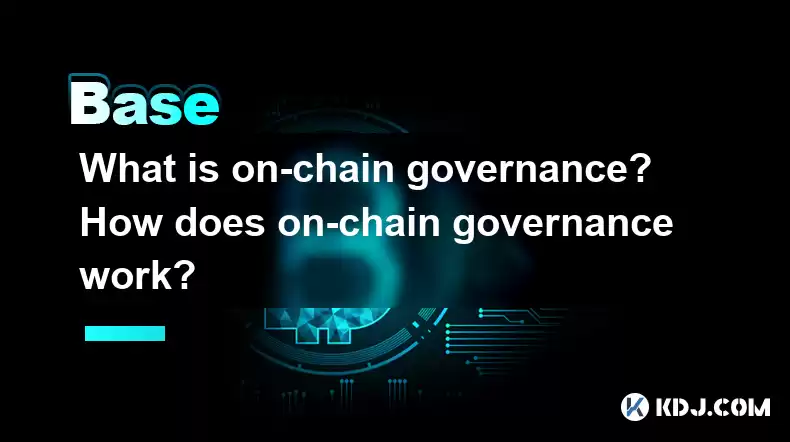
- On-chain governance utilizes blockchain technology to allow token holders to directly participate in decision-making regarding a cryptocurrency project.
- It operates through proposals, voting, and execution, all recorded transparently on the blockchain.
- Different consensus mechanisms and voting systems are employed, each with its own strengths and weaknesses.
- Security, participation rates, and the potential for manipulation are key considerations in on-chain governance design.
- Understanding the specifics of a project's governance model is crucial before investing.
On-chain governance refers to a system where the decision-making power of a cryptocurrency project is decentralized and directly controlled by its token holders. Unlike traditional centralized organizations with a small group of decision-makers, on-chain governance leverages the inherent transparency and immutability of blockchain technology to allow for a more democratic and distributed approach. Token holders vote on proposals that affect the project's future, ensuring broader community involvement in shaping its direction.
How Does On-Chain Governance Work?The process typically involves several key steps:
- Proposal Submission: Anyone, often with a certain minimum token holding requirement, can submit a proposal outlining changes or upgrades to the project. This proposal might include anything from adjusting parameters within the protocol to allocating funds for development.
- Voting Period: Following submission, a voting period begins, allowing token holders to cast their votes. The duration of this period and the voting mechanisms vary greatly depending on the specific project.
- Vote Tallying and Execution: Once the voting period concludes, the votes are tallied. If the proposal surpasses a predetermined threshold (e.g., a simple majority or supermajority), it is automatically executed on the blockchain. This execution is transparent and verifiable by all participants.
- Different Voting Mechanisms: Various voting systems are utilized in on-chain governance, each with its own strengths and weaknesses. These include simple majority voting, weighted voting (where votes are proportional to token holdings), quadratic voting (giving more weight to smaller holders), and delegated voting (where token holders delegate their voting rights to representatives).
Security is paramount in any on-chain governance system. Vulnerabilities can be exploited by malicious actors to manipulate voting outcomes or compromise the integrity of the project. Robust security measures, such as secure voting mechanisms, preventing double-voting, and protection against Sybil attacks (where a single actor controls many identities to gain undue influence), are crucial.
Participation Rates and Community EngagementThe success of on-chain governance hinges significantly on community participation. Low participation rates can lead to decisions being made by a small, potentially unrepresentative group, undermining the democratic ideals of the system. Projects often employ strategies to incentivize participation, such as rewarding active voters or providing educational resources to improve community understanding of the governance process.
Potential for Manipulation and AttacksWhile on-chain governance aims for decentralization, it's not immune to manipulation. Large token holders, known as "whales," might exert disproportionate influence on voting outcomes. Furthermore, sophisticated attacks, like bribery or coordinated voting campaigns, could undermine the integrity of the system. Therefore, transparent and auditable processes are crucial to maintain trust and mitigate these risks.
Understanding Different Governance ModelsDifferent cryptocurrency projects employ diverse governance models. Some projects might utilize a single token for governance, while others might use a multi-token system with different tokens having varying degrees of influence. Understanding the specifics of a project's governance model is essential before participating or investing. Researching the specifics of voting mechanisms, proposal thresholds, and dispute resolution processes is crucial for informed decision-making.
The Role of Decentralized Autonomous Organizations (DAOs)Many on-chain governance systems are implemented through Decentralized Autonomous Organizations (DAOs). DAOs are community-governed entities that operate autonomously based on pre-defined rules encoded on a blockchain. The DAO acts as the governing body, executing decisions made through the on-chain governance process.
The Evolution of On-Chain GovernanceThe field of on-chain governance is constantly evolving. New techniques and strategies are continuously being developed to address challenges such as low participation rates, manipulation, and scalability. As blockchain technology matures, so too will the sophistication and effectiveness of on-chain governance systems.
The Importance of Transparency and AuditabilityTransparency and auditability are fundamental pillars of effective on-chain governance. All proposals, votes, and executions should be publicly recorded on the blockchain, allowing for easy verification and scrutiny. This transparency helps build trust and accountability within the community.
Frequently Asked Questions:Q: What are the benefits of on-chain governance?A: On-chain governance promotes decentralization, transparency, and community involvement in decision-making, leading to more resilient and adaptable projects.
Q: How can I participate in on-chain governance?A: To participate, you generally need to hold the project's native token. The specific process for submitting proposals and voting varies depending on the project.
Q: What are the risks associated with on-chain governance?A: Risks include low participation rates, manipulation by large token holders, and vulnerabilities in the voting mechanisms.
Q: Is on-chain governance suitable for all cryptocurrency projects?A: The suitability of on-chain governance depends on various factors, including the project's size, community maturity, and technical capabilities. It is not a one-size-fits-all solution.
Q: How can I learn more about a specific project's governance model?A: Refer to the project's official website, whitepaper, or governance documentation. Community forums and discussions can also provide valuable insights.
Disclaimer:info@kdj.com
The information provided is not trading advice. kdj.com does not assume any responsibility for any investments made based on the information provided in this article. Cryptocurrencies are highly volatile and it is highly recommended that you invest with caution after thorough research!
If you believe that the content used on this website infringes your copyright, please contact us immediately (info@kdj.com) and we will delete it promptly.
- FIFA, NFTs, and Legal Action: A Risky Game?
- 2025-10-18 12:45:14
- Bitcoin Price Prediction: Navigating Liquidity Concerns and Market Trends
- 2025-10-18 12:45:14
- Arthur Hayes' Crypto Comeback: Maelstrom's $250M Private Equity Play
- 2025-10-18 12:25:14
- Kiyosaki's Crypto Call: Dodging Fiat Risks with Bitcoin and Gold?
- 2025-10-18 12:50:13
- Solana, Dogecoin, and Altcoins: Navigating the Q4 Crypto Landscape
- 2025-10-18 12:50:13
- Dhanteras 2025: Your Online Guide to Buying Gold Coins
- 2025-10-18 12:25:14
Related knowledge
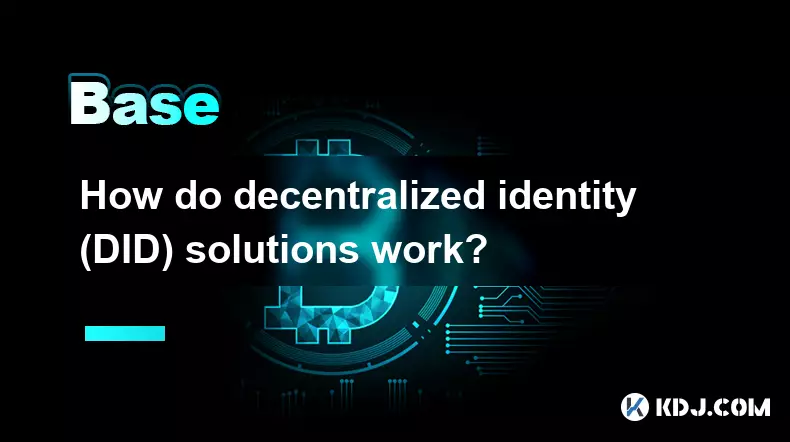
How do decentralized identity (DID) solutions work?
Oct 14,2025 at 11:36pm
Understanding Decentralized Identity in the Blockchain Ecosystem1. Decentralized identity (DID) solutions are built on blockchain networks, allowing i...

What is the difference between Near Protocol and Ethereum?
Oct 15,2025 at 08:01am
Near Protocol and Ethereum: Core Architectural Differences1. Near Protocol operates on a sharded blockchain architecture known as Nightshade, which al...
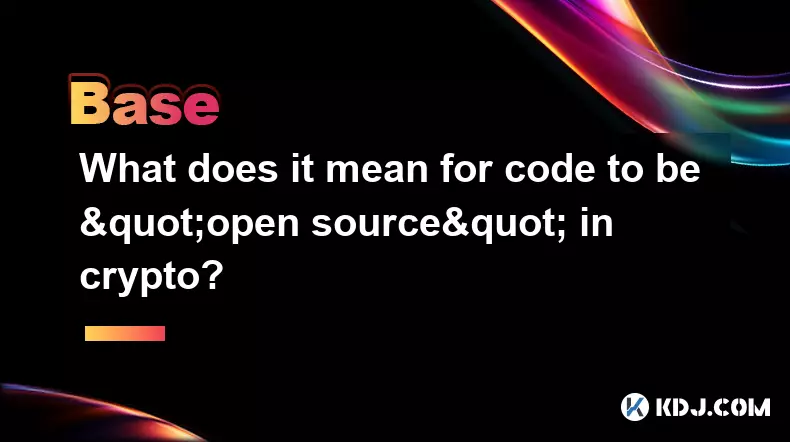
What does it mean for code to be "open source" in crypto?
Oct 12,2025 at 01:54pm
Understanding Open Source in the Cryptocurrency Ecosystem1. In the context of cryptocurrency, open source refers to software whose code is publicly ac...
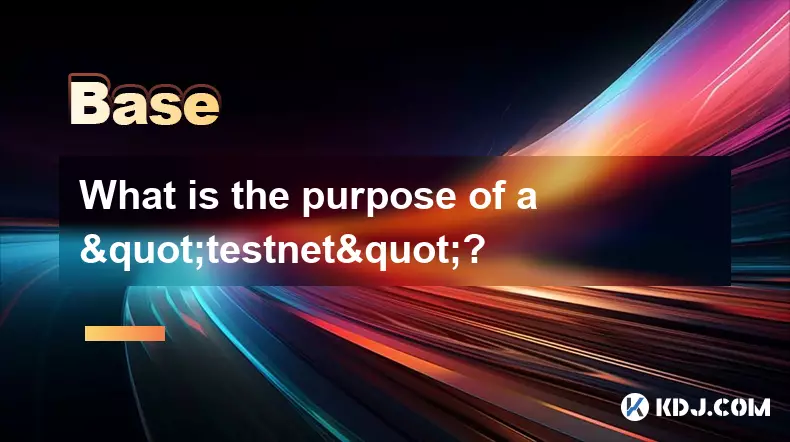
What is the purpose of a "testnet"?
Oct 12,2025 at 09:01am
Understanding the Role of Testnets in Blockchain Development1. A testnet serves as a parallel version of a blockchain network, designed specifically f...

How to avoid phishing scams in crypto?
Oct 13,2025 at 06:18pm
Understanding Common Crypto Phishing Tactics1. Cybercriminals frequently use fake websites that mirror legitimate crypto exchanges or wallet platforms...

What is the difference between single-collateral and multi-collateral Dai?
Oct 12,2025 at 05:18pm
Understanding Single-Collateral Dai1. Single-Collateral Dai (SCD) was the original version of the Dai stablecoin launched by MakerDAO in 2017. It allo...

How do decentralized identity (DID) solutions work?
Oct 14,2025 at 11:36pm
Understanding Decentralized Identity in the Blockchain Ecosystem1. Decentralized identity (DID) solutions are built on blockchain networks, allowing i...

What is the difference between Near Protocol and Ethereum?
Oct 15,2025 at 08:01am
Near Protocol and Ethereum: Core Architectural Differences1. Near Protocol operates on a sharded blockchain architecture known as Nightshade, which al...

What does it mean for code to be "open source" in crypto?
Oct 12,2025 at 01:54pm
Understanding Open Source in the Cryptocurrency Ecosystem1. In the context of cryptocurrency, open source refers to software whose code is publicly ac...

What is the purpose of a "testnet"?
Oct 12,2025 at 09:01am
Understanding the Role of Testnets in Blockchain Development1. A testnet serves as a parallel version of a blockchain network, designed specifically f...

How to avoid phishing scams in crypto?
Oct 13,2025 at 06:18pm
Understanding Common Crypto Phishing Tactics1. Cybercriminals frequently use fake websites that mirror legitimate crypto exchanges or wallet platforms...

What is the difference between single-collateral and multi-collateral Dai?
Oct 12,2025 at 05:18pm
Understanding Single-Collateral Dai1. Single-Collateral Dai (SCD) was the original version of the Dai stablecoin launched by MakerDAO in 2017. It allo...
See all articles
















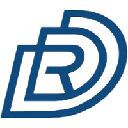

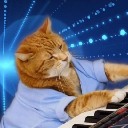




![[4K 60fps] 5upreme by RoyalP (1 coin) [4K 60fps] 5upreme by RoyalP (1 coin)](/uploads/2025/10/18/cryptocurrencies-news/videos/k-fps-upreme-royalp-coin/68f2e6c9ef491_image_500_375.webp)


















































